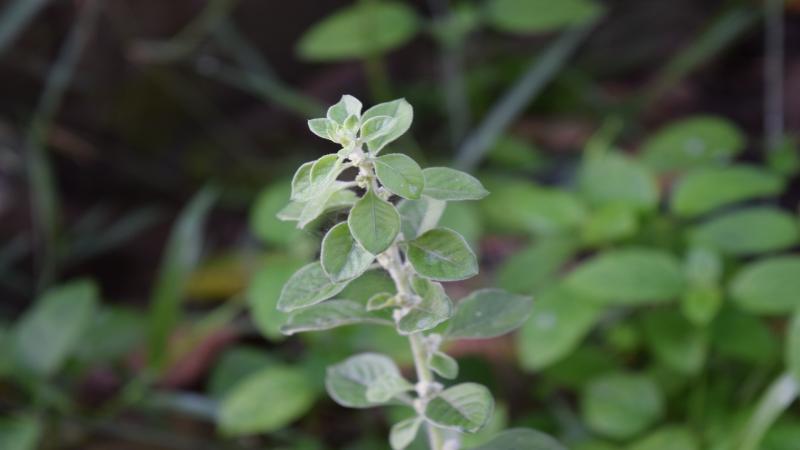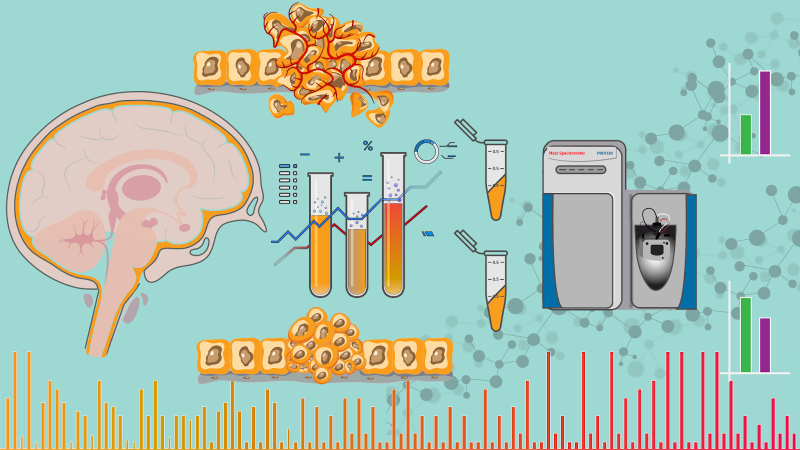
Even as about one in every nine people in the world suffers from hunger, the more deceptive culprit contributing to malnutrition is ‘hidden hunger’ affecting over 2 billion people world over. ‘Hidden hunger’ is the deficiency of micronutrients like vitamins and minerals. The government schemes to reduce malnutrition are insufficient to address the problem as they mainly focus on providing adequate calorie consumption through energy-rich staples and not on the overall quality and diversity of the diet. Food-insecurity hits the rural population and the urban poor the hardest. The indigenous tribal communities belonging to the rural areas of India are severely affected; especially the mothers and children face a very high level of undernutrition and deficiencies of micronutrients are common.
Indigenous tribal communities usually reside in harmony with their environment and possess the knowledge, passed down to them by tradition, of the nutrient-rich food available in their surroundings. These traditional foods are rich in proteins and micronutrients. Globally, almost a billion people are dependent on these foods for adequate nutrition. However, despite this treasure of knowledge and proximity to the biodiverse environment, the tribal communities face widespread malnutrition. A diverse diet, consisting of the specific indigenous foods known and accessible to these communities would fulfil the micronutrient need. But because of reasons like easy access to markets, food security programs and other opportunity costs of accessing diverse food sources, tribal communities are transitioning towards monotonous modern diets, which may contribute to hidden hunger in them.
Dr Suparna Ghosh Jerath of the Indian Institute of Public Health-Delhi (IIPH-Delhi) realised the importance of studying and documenting this treasure trove of knowledge of indigenous foods and food habits and exploring the possibility of utilising this knowledge to address malnutrition in the tribal communities. For this, she had to first characterise the indigenous food environment of tribal communities, understand the nutrition status and issues around malnutrition and then assess the possible contribution of indigenous foods in addressing malnutrition. Along with her collaborators, she has initiated a range of studies in the tribal areas of Jharkhand. After studying the indigenous foods, their nutritive value, availability, access and utilisation, the research groups intend to design effective and affordable diet plans for these tribal groups by including their indigenous foods, along with other foods. Dr Ghosh Jerath is a professor who also heads the Community Nutrition division of the IIPH-Delhi, Public Health Foundation of India (PHFI) and is an intermediate fellow with the Wellcome Trust/DBT India Alliance.
Dr Ghosh Jerath and her team have been conducting series of group discussions with the communities, followed by household surveys to explore the food habits of the Santhal, Sauria Paharia, Munda, and Ho tribal groups. They are documenting the availability, access, and consumption of various food items in these surveys. Indigenous food is one of their primary focus areas. They list the indigenous foods consumed by these tribal groups along with their nutritional values. With help from the Botanical Survey of India (BSI), the researchers identify several plant foods, and by referring to previous publications or by doing nutritional analysis in labs, they examine the nutritive values of several of these food items.
Tribal communities consume indigenous green leafy vegetables rich in micronutrients. The researchers found a high level of iron in the greens consumed by Santhals like Kantha-arak (Euphorbia granulata) and calcium and beta-carotene in ohoic-arak (Boerhaavia diffusa), lapong-arak (Aerua lanata), and dhurup- arak (Leucas cephalotes). Greens like Beng saag (Centella asiatica) consumed by Munda tribes are rich in many micronutrients, and the communities also prefer it for medicinal uses.
“Studies like these could help increase the knowledge about these foods' nutritional content. This knowledge can be disseminated to reinforce the community's traditional knowledge and increase the utilisation of these foods,” shares Dr Archna Singh, a collaborator in this study. She is an Associate Professor at the All India Institute of Medical Sciences, New Delhi.
The researchers also conducted nutritional status assessments, such as measuring the height and weight of the tribal people. For two tribal groups Santhal and Sauria Paharia, they did some blood tests using finger-prick samples to measure the level of micronutrients like vitamin A and iron in their body.
Although all the tribal groups studied are facing undernutrition, the Sauria Paharias are the most deprived ones. They live up in the mountains, and because of their geographical isolation, not much is documented about their food habits and nutrition status. “Including them in our study was important because they are very close to nature and not being in direct contact with urban areas, their knowledge about the rich diversity of indigenous foods and the levels of utilisation are perhaps still intact,” shares Dr Ghosh Jerath. The researchers found that this tribe knows about more than 193 varieties of indigenous food. Sadly, the overall calorie intake and micronutrient consumption in the Sauria Paharias is much lesser when compared to the other tribes. In fact, the dietary diversity in the habitual diets of women and children under five is grossly low.
Traditional knowledge: Treasure trove in disuse
The researchers found that women in the Sauria Paharia tribal community who consume indigenous food get more calcium and vitamin A. However, these communities are not using their rich traditional knowledge for the betterment of their nutritional status and health. Dietary surveys in this community revealed that around 60% of the population consumed some indigenous food and that too in inadequate quantity. Consumption was also not uniform across seasons.
“Although they know about hundreds of green leafy vegetables, when we ask them about their recent meal, it is usually potato and rice or rice and one green. So, the diversity reflected in their knowledge is not translated into actual consumption. This might be one of the reasons why they are facing undernutrition,” explains Dr Ghosh Jerath.
Factors restricting the consumption of indigenous foods are multiple. Some of these include high opportunity cost, e.g. collecting some of these foods may not be easy as some indigenous foods like greens, mushrooms, roots, and tubers are available in the jungle. Moreover, women sometimes find it difficult to go and obtain these foods as they have to take care of the other household chores when men migrate to cities and other areas for work. People are not aware of the specific health and nutritional value of these indigenous foods and prefer readily available options in the market or subsidised food items offered by the government. Factors like climate change with lower rainfall and longer summers have also led to lower access to indigenous foods.
Underutilisation of indigenous food is a cause for concern as the lack of diversity contributed by many of these foods in the daily diet often leads to micronutrient deficiencies.
Fighting undernutrition: A long way to go
Dr Ghosh Jerath and her group are compiling nutrition education materials with pictures of indigenous foods, their uses, their nutritive values, and recipes incorporating these foods. These educational materials are custom designed for different tribes and will help spread awareness about the rich indigenous foods. The Anganwadi workers serving in the tribal areas can use these resources to convince the locals about the benefits of consuming indigenous foods. The researchers are also developing educational material on these indigenous foods for the children from these tribal communities to transfer the information to the next generation effectively. These materials have already gained attention from laypeople, administrators, and NGOs working in these deprived areas. The researchers informed that efforts would be made to promote these locally acceptable and available foods like indigenous cereals, pulses, and vegetables as part of the existing food supplementation programs like Anganwadi foods and mid-day meals in schools, for popularising them and increasing their reach and usage.
Continuous field studies are an integral part of these projects. Working in the remote and disturbed areas is not easy for the team. When it is monsoon season and the sowing time, large varieties of indigenous foods become available. But it is difficult to interact with tribal communities at this time, as they are mostly busy in their fields.
“Although, we have a local team of field investigators helping us immensely in convincing the community about the benefits of these studies, the primary issue for me was convincing the community to provide a blood sample for biomarker testing. The refusal rate was quite high in some places”, says Dr Singh, as she shares the challenges they face.
Working in sensitive areas and the need for changing their fieldwork plan as per the situation are additional challenges.
The researchers feel that merely popularising the indigenous foods based on studies is not enough.
“We also need to ensure that the tribal people can follow the recommendations given as part of this study,” says Dr Ghosh Jerath.
Dr Ghosh Jerath informs that as a final deliverable of their study, they plan to use statistical tools, in which one can plug-in data such as the nutritive value of indigenous foods, their availability, the levels of dietary intake of indigenous foods, the nutritional status of the tribes, market access, and cost of food and get affordable diet plans for these communities.
“This will be an evidence-based package of feasible, practical and affordable diets created utilising the indigenous foods. We hope that by doing this, we will be able to meet the micronutrient needs as well as keep the diet practical for the tribal communities to follow,” signs off Dr Ghosh Jerath.
This article was published with support from the India Science Media Fellowship 2019 by the Wellcome Trust/DBT India Alliance and Nature India.
